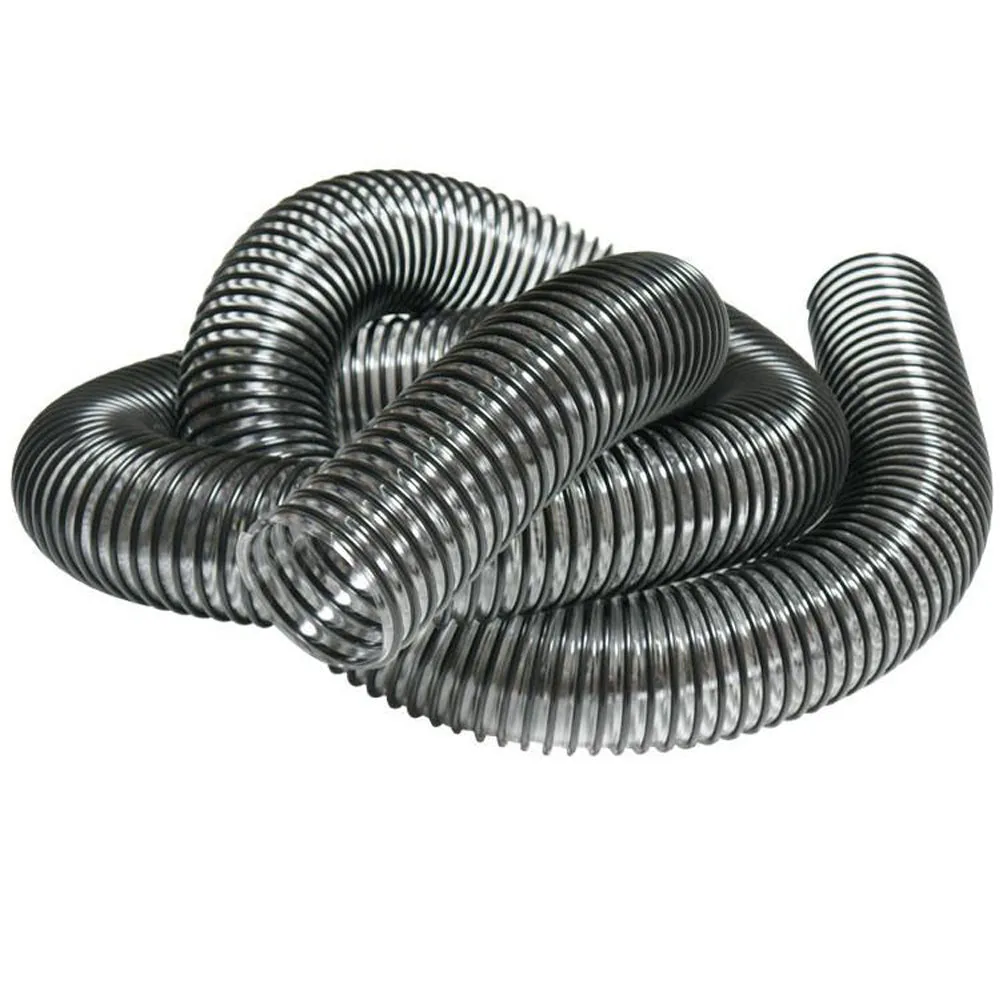
- Afrikaans
- Albanian
- Amharic
- Arabic
- Armenian
- Azerbaijani
- Basque
- Belarusian
- Bengali
- Bosnian
- Bulgarian
- Catalan
- Cebuano
- Corsican
- Croatian
- Czech
- Danish
- Dutch
- English
- Esperanto
- Estonian
- Finnish
- French
- Frisian
- Galician
- Georgian
- German
- Greek
- Gujarati
- haitian_creole
- hausa
- hawaiian
- Hebrew
- Hindi
- Miao
- Hungarian
- Icelandic
- igbo
- Indonesian
- irish
- Italian
- Japanese
- Javanese
- Kannada
- kazakh
- Khmer
- Rwandese
- Korean
- Kurdish
- Kyrgyz
- Lao
- Latin
- Latvian
- Lithuanian
- Luxembourgish
- Macedonian
- Malgashi
- Malay
- Malayalam
- Maltese
- Maori
- Marathi
- Mongolian
- Myanmar
- Nepali
- Norwegian
- Norwegian
- Occitan
- Pashto
- Persian
- Polish
- Portuguese
- Punjabi
- Romanian
- Russian
- Samoan
- scottish-gaelic
- Serbian
- Sesotho
- Shona
- Sindhi
- Sinhala
- Slovak
- Slovenian
- Somali
- Spanish
- Sundanese
- Swahili
- Swedish
- Tagalog
- Tajik
- Tamil
- Tatar
- Telugu
- Thai
- Turkish
- Turkmen
- Ukrainian
- Urdu
- Uighur
- Uzbek
- Vietnamese
- Welsh
- Bantu
- Yiddish
- Yoruba
- Zulu

டிசம்பர் . 13, 2024 12:09 Back to list
automotive hoses
Exploring the Importance of Automotive Hoses
Automotive hoses are integral components in the functioning of any vehicle. They play a crucial role in a range of systems, from the engine cooling unit to the fuel delivery system. Understanding the various types of automotive hoses, their functions, and the materials used in their construction can offer valuable insights into vehicle maintenance and performance.
Types of Automotive Hoses
There are several types of hoses found in automobiles, each designed for specific functions
1. Cooling Hoses These hoses circulate coolant between the engine and the radiator, helping regulate the engine temperature. Typically made from durable rubber or silicone, they withstand high temperatures and pressure variations.
2. Fuel Hoses These hoses are responsible for transporting fuel from the tank to the engine. They must be resistant to a range of chemicals and temperatures, as fuel can vary widely in composition and properties.
3. Vacuum Hoses Used primarily in the intake system, vacuum hoses help control various engine functions, such as emissions and fuel-air mixture. These hoses are lightweight and often made of rubber or plastic to prevent cracking under pressure.
4. Brake Hoses Vital for vehicle safety, brake hoses carry brake fluid from the master cylinder to the brakes. They are designed to handle high pressure and ensure fluid does not leak.
5. Power Steering Hoses These hoses connect the power steering pump to the steering gear, aiding in the maneuvering of the vehicle. They must perform reliably under pressure and have resistance to wear and tear.
Materials Used in Manufacturing
The construction of automotive hoses can significantly affect their performance and longevity
. Common materials include- Rubber Traditional automotive hoses are often made from rubber due to its flexibility and durability. However, it can degrade over time when exposed to engine heat and petroleum products.
automotive hoses

- Silicone Increasingly popular for high-performance applications, silicone hoses can withstand higher temperatures and offer greater resistance to chemicals and aging than traditional rubber.
- Polyurethane This material is utilized for its strength and flexibility, making it suitable for various automotive applications, including fuel and vacuum hoses.
- Metal-reinforced hoses These are often used in high-pressure scenarios, such as brake and fuel systems, where added strength is essential.
Maintenance and Replacement
Proper maintenance of automotive hoses is crucial for ensuring vehicle safety and efficiency. Over time, hoses can become brittle, cracked, or worn due to exposure to heat, chemicals, and mechanical stress. Regular inspections can help identify early signs of wear, such as leaks, bulges, or discoloration.
Replacement is often necessary if a hose shows significant signs of deterioration. When replacing hoses, it’s essential to select high-quality parts that meet or exceed OEM specifications. This approach not only guarantees compatibility but also enhances the longevity of the components.
The Role of Automotive Hoses in Performance
Automotive hoses play a vital role in the overall performance of a vehicle. For instance, a compromised cooling hose can lead to engine overheating, resulting in catastrophic damage. Similarly, fuel or vacuum hose failure can cause operational inefficiencies, leading to poor fuel economy and increased emissions.
In high-performance applications, the choice of hose material can significantly impact performance. Upgrading to silicone or reinforced hoses can improve under-hood reliability, allowing the engine to perform efficiently under extreme conditions.
Conclusion
In summary, automotive hoses are essential for the proper functioning of various vehicle systems. Understanding their types, materials, and the importance of upkeep can aid vehicle owners in maintaining their cars effectively. Regular inspections, timely replacements, and choosing high-quality hoses can prevent costly repairs and enhance the overall performance and safety of vehicles. Investing time and resources in this aspect of vehicle maintenance pays dividends in the long run, ensuring smooth and safe rides.
Latest News
Steel Wire Reinforced Hydraulic Hose SAE 100 R1 / EN853 1SN S
NewsOct.17,2024
Two Layers Steel Wire Reinforced Hydraulic Hose SAE 100 R2 / EN853 2SN
NewsSep.03,2024
Textile Braid Reinforced Hydraulic Hose SAE100 R3+R6
NewsSep.03,2024
Textile Reinforced Hydraulic oil Suction Hose with embedded Steel Wire SAE 100 R4
NewsSep.03,2024
Single Wire Braid and Textile Covered Hydraulic Hose SAE 100 R5
NewsSep.03,2024
High Pressure Thermoplastic Hydraulic Hose SAE 100 R7 / EN855 R7 - SAE 100 R8 / EN855 R8
NewsSep.03,2024
Heavy Duty Four-layer Steel Wire Spiral Reinforced Hydraulic Hose SAE100R9+R10+R12
NewsSep.03,2024
Heavy Duty Multi-layer Steel Wire Reinforced Hydraulic Hose SAE100R13 SAE100R15
NewsSep.03,2024
Latest Products










